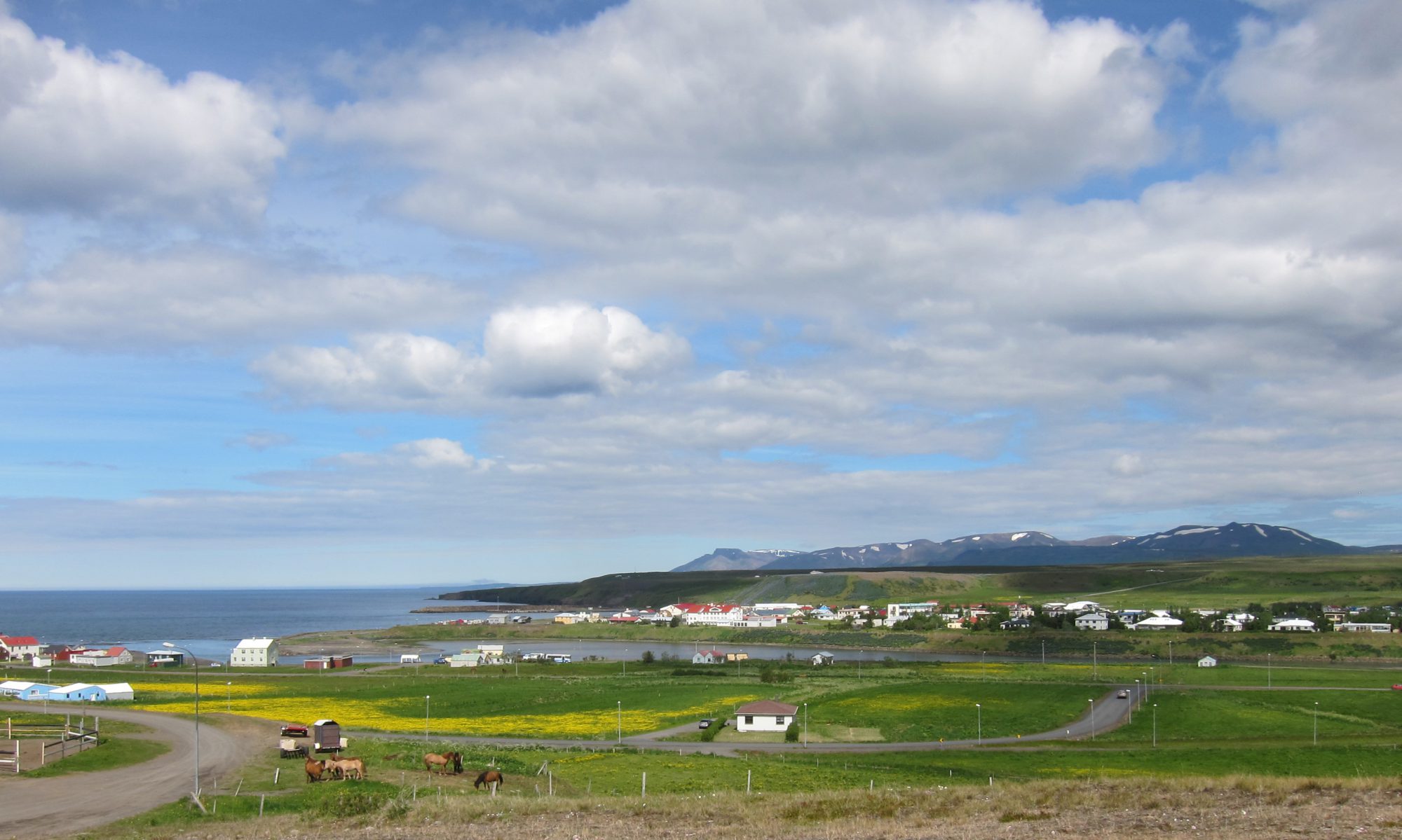Threads of religion, folk tradition and violent transformation to the present…
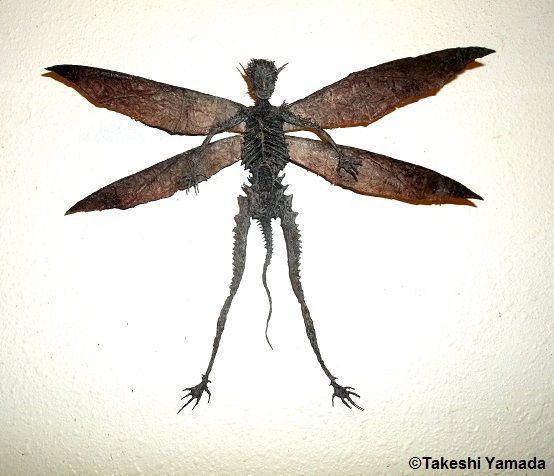
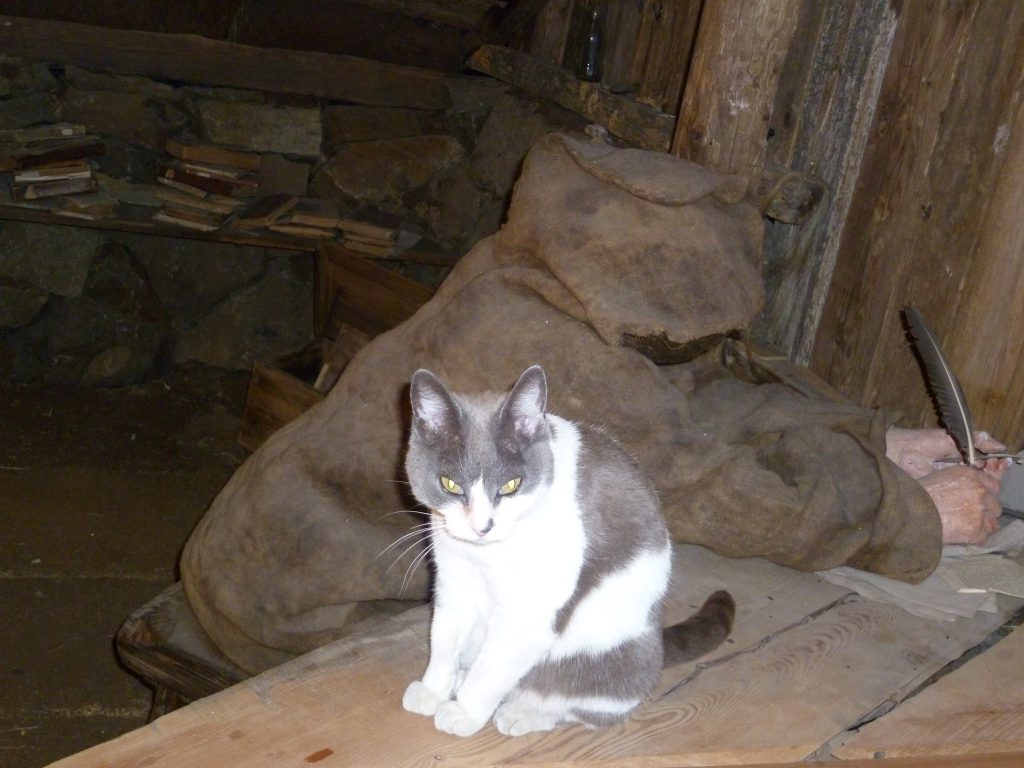
Despite Danish and Lutheran colonization, folk and magical tradition in Iceland is still very strong. In the modern day, we feel the old merged with the new, and the landscape itself oozes hallowed energy that beckons to swallow you.

For a year now, I’ve been reading Arthur Evan’s Witchcraft in the Gay Counter Culture. I began lapping up the content of the book more and more in Iceland as I realized it’s pertinence to the history of the eradication of folk culture. Witch trials in Europe were a task force for the annihilation of any existence of non conformity, particularly anything pagan or queer. It was the “mass murder of women and gay people“, (Evans). In Iceland the priests who were visiting new Europe brought back all of these ‘forward thinking’ trends with them, but instead built a fear based community bent on snuffing out anything unknown or suggestive of ‘magical’ involvement. Most of the community ‘magic’ that was evidentially happening, however, was based around minor invocations of healing. More interestingly, too, most of the actual victims of corporal punishment were men. In documentation, there is a lot of crossover that can be found in the merging of folk tradition, magic and Lutheranism in Icelandic magic.
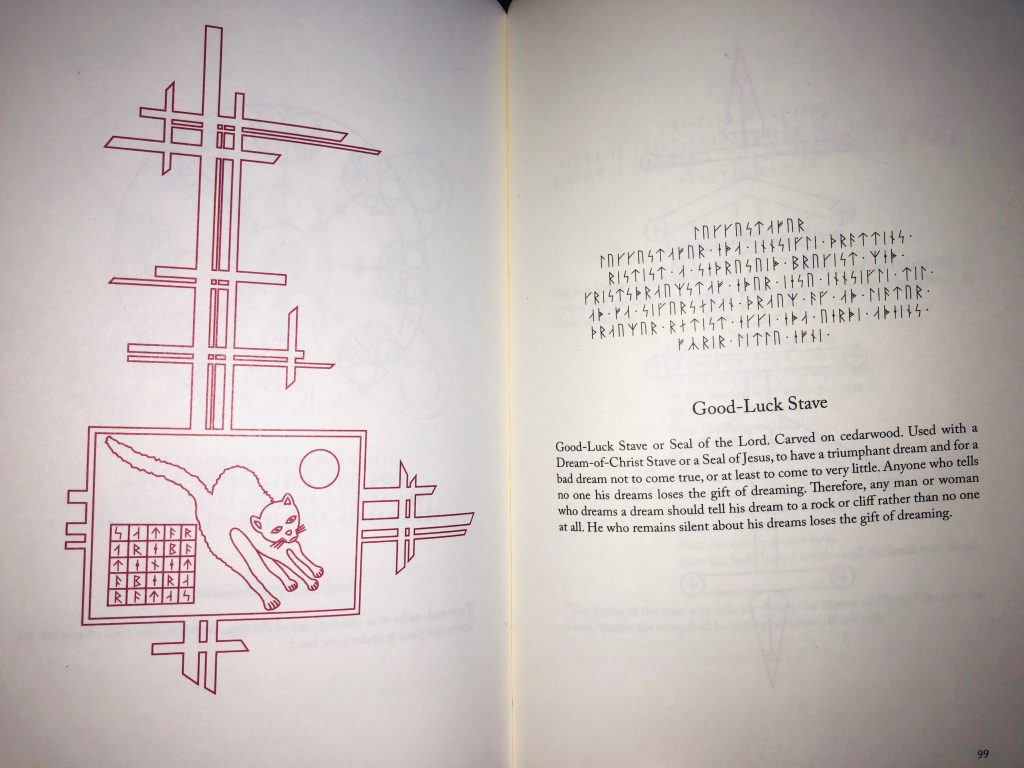
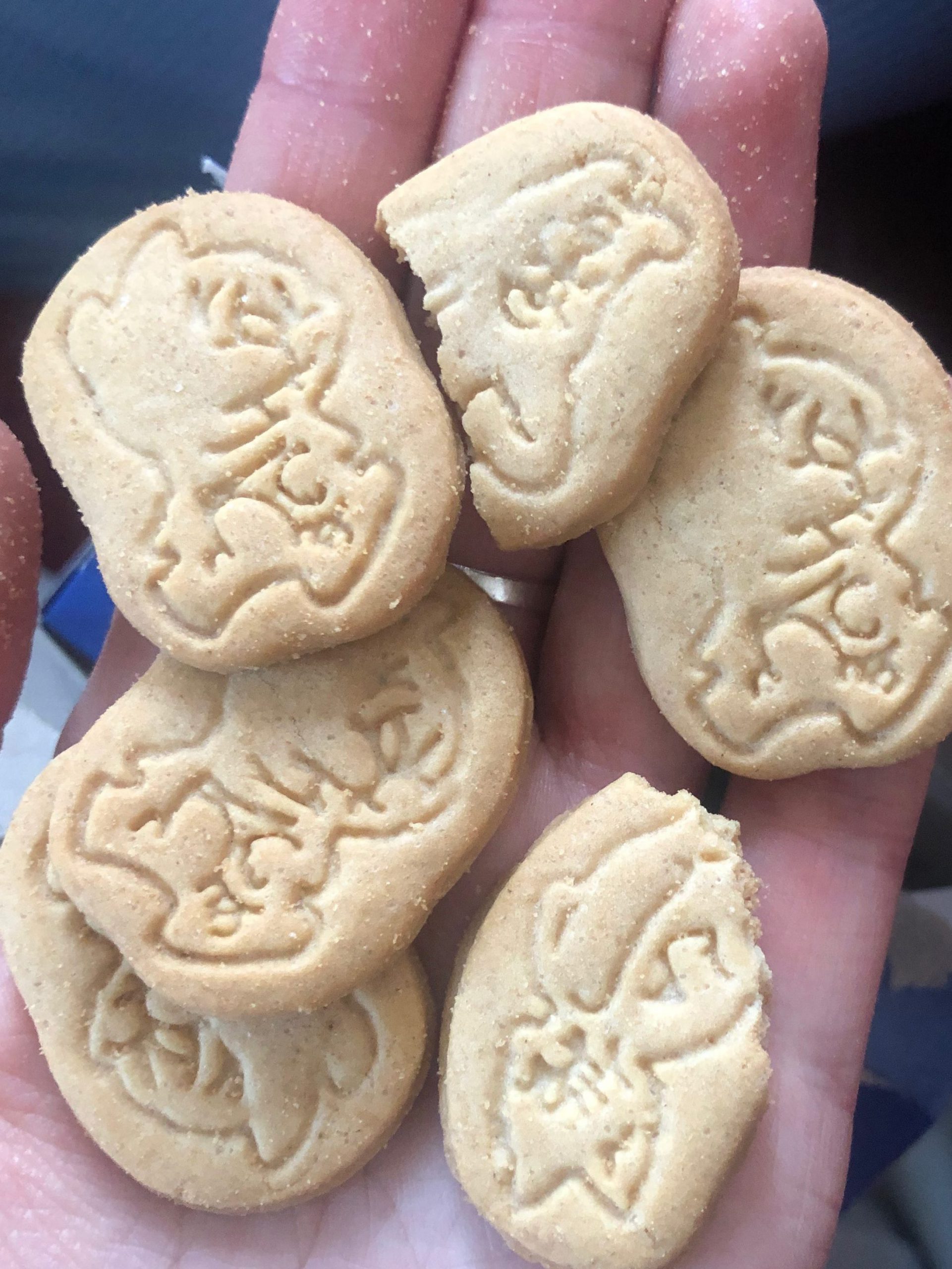
What is in the water in Iceland?? I’m even seeing staves in my Tom and Jerry cookies.
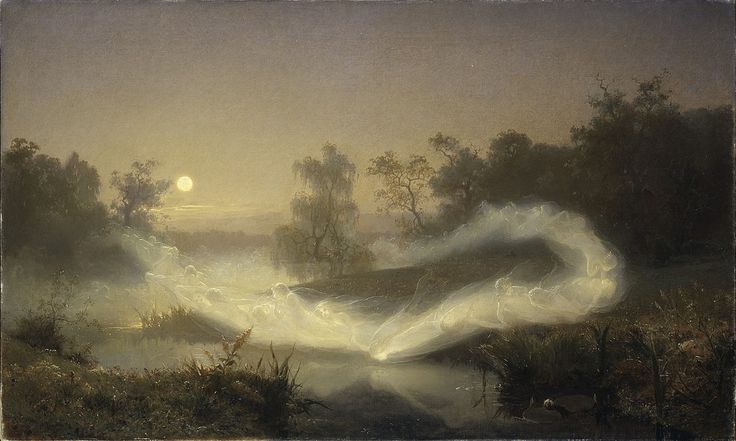
Belief in mythology, old gods and folk tradition are historically united. In reading Witchcraft , I came across a passage that almost made me jump out of my chair in excitement, mentioning that in Nordic lands, “Hulla, Huldra or Huldre was regarded as a powerful deity, ruling over the weather, animals, sexuality, spinning, weaving, plant life, and the abode of the dead,” (85, Evans) Oh my! I really feel like these were the most forefront topics of the collective conscious of the field school. It seems we were navigating Huldras curriculum! In translations across Scandanavian countries, there are overlaps indicating that huldrefolk, and huldra mother, were terms translatable to ‘tender folk’ but also ‘hidden’. This coinciding obviously with the huldefolk, ‘hidden people’ or ‘fairies’ of Iceland. Perhaps Huldra is the hidden mother, or elf queen. As I dove into all these fabled connections and chimerical histories, our environment seemed to ripple with phantasmagorical possibility …….
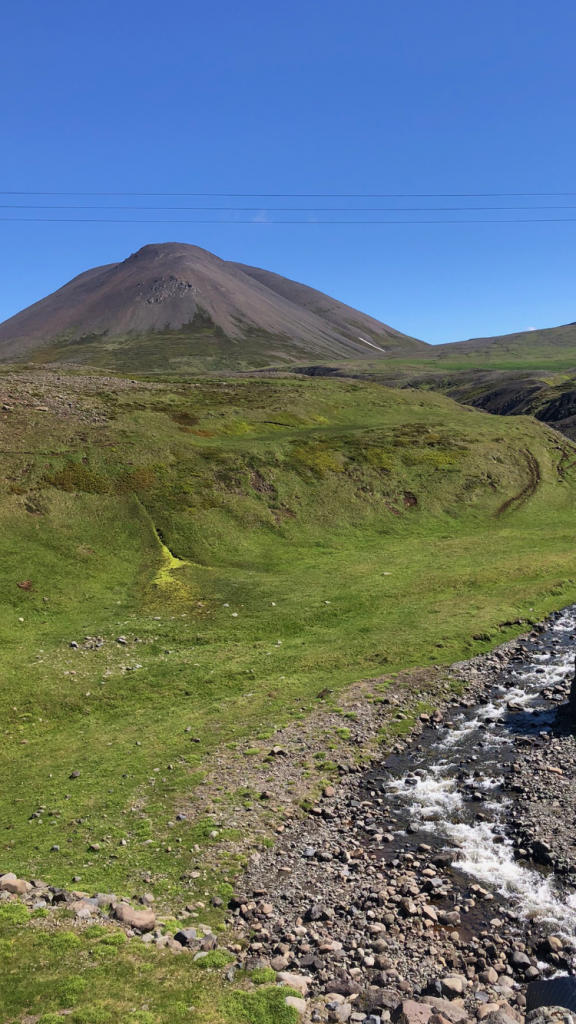
/////////
Evans, Arthur. Witchcraft in the Gay Counter Culture, FAG RAG Books. 1978, Boston. Fera Death Coven Clandestinity, ed. 2013.
Skuggi. The Sorcerer’s Screed, Jochum Magnus Eggertsson. The Icelandic Magic Company. 2015.
Lipscomb, Suzannah. The Witches of Iceland, Not Just the Tudors. 38 min, December 20, 2021.
